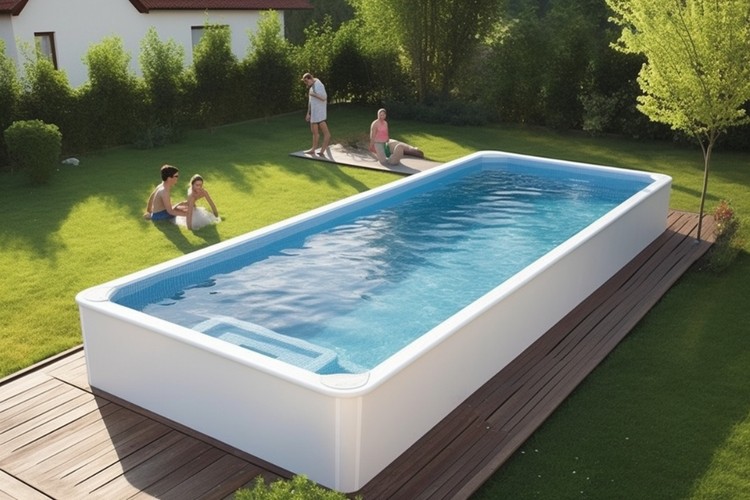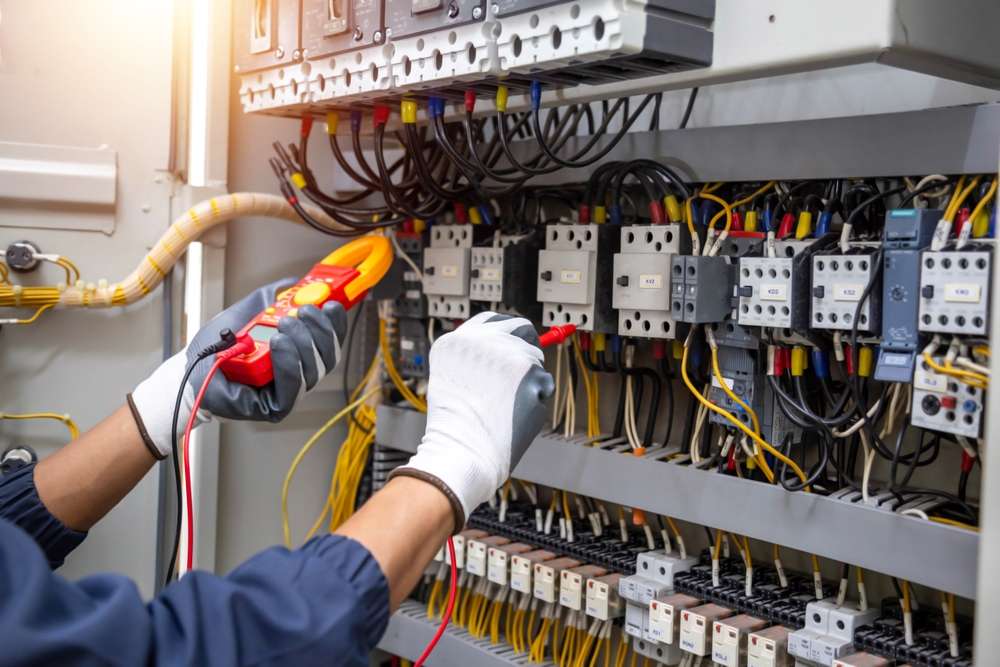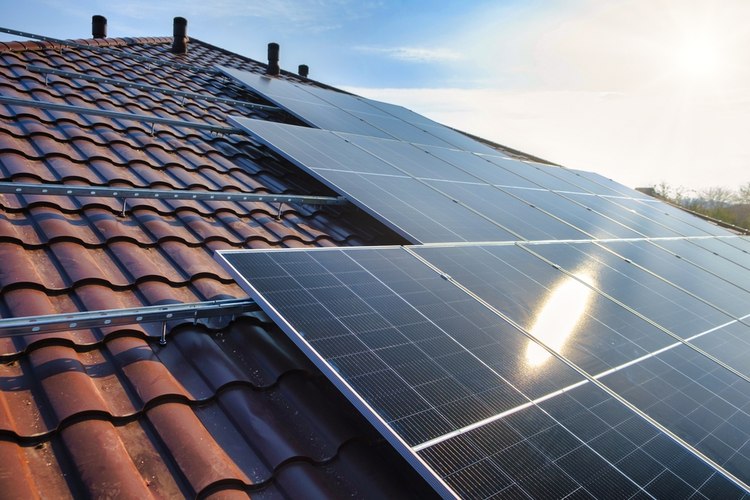Finding the Perfect Pool for Your Backyard Oasis
Selecting the right pool for your home involves more than just picking a style you like. It requires careful consideration of your space, budget, lifestyle, and long-term maintenance commitment. Whether you're dreaming of lazy summer afternoons floating in crystal-clear water or creating a vibrant entertainment space for family and friends, understanding the different pool options available can help transform your outdoor area into the personal retreat you've always wanted.

Pools transform ordinary backyards into extraordinary outdoor living spaces, providing recreation, relaxation, and a focal point for family gatherings. With numerous options available—from traditional in-ground pools to modern infinity designs—finding the perfect match for your specific needs requires thoughtful consideration of several factors. This comprehensive guide will help you navigate the pool selection process, ensuring your investment enhances both your property and lifestyle.
Find the Perfect Pool Type for Your Unique Backyard
The configuration of your outdoor space plays a crucial role in determining which pool type will work best. In-ground pools, typically constructed from concrete, fiberglass, or vinyl, offer a permanent, customizable solution that integrates seamlessly with landscaping. These pools provide flexibility in shape and size but require significant excavation and installation time.
Above-ground pools present a more affordable and less permanent alternative, making them ideal for homeowners with budget constraints or those who may relocate in the future. These pools can be installed relatively quickly and removed if necessary. Semi-inground pools offer a middle ground, partially buried to create a more integrated appearance while avoiding some of the costs associated with full excavation.
For smaller spaces, plunge pools or lap pools provide compact solutions without sacrificing functionality. Lap pools, with their long, narrow design, cater to fitness enthusiasts, while plunge pools offer a refreshing dip in minimal square footage. Natural swimming pools, which use plants instead of chemicals for filtration, appeal to environmentally conscious homeowners seeking a sustainable option that blends with the landscape.
Compare Pool Costs: From Affordable to Premium Choices
Pool investments vary dramatically depending on type, materials, size, and additional features. Understanding the cost spectrum helps establish realistic expectations and guides budget planning for both initial installation and ongoing expenses.
Vinyl-lined in-ground pools typically represent the most economical permanent option, with starting costs around $35,000 to $50,000. Fiberglass pools offer durability and lower maintenance but come with a higher price tag, generally ranging from $45,000 to $85,000. Concrete (gunite) pools, while the most expensive at $50,000 to $100,000+, provide unlimited customization potential and exceptional longevity.
Above-ground pools remain the most budget-friendly choice, with prices typically between $3,000 and $15,000 depending on size and quality. Semi-inground options fall in the middle range at approximately $15,000 to $30,000.
| Pool Type | Initial Cost Range | Lifespan | Maintenance Cost (Annual) |
|---|---|---|---|
| Above-Ground | $3,000-$15,000 | 7-15 years | $500-$1,500 |
| Vinyl In-Ground | $35,000-$50,000 | 10-20 years | $1,500-$2,500 |
| Fiberglass | $45,000-$85,000 | 25+ years | $500-$1,500 |
| Concrete/Gunite | $50,000-$100,000+ | 30+ years | $2,500-$5,000 |
| Natural/Eco Pool | $70,000-$100,000+ | 30+ years | $1,000-$2,000 |
Prices, rates, or cost estimates mentioned in this article are based on the latest available information but may change over time. Independent research is advised before making financial decisions.
Choosing Your Dream Pool: Beyond Just the Initial Cost
While upfront expenses certainly matter, the true cost of pool ownership extends far beyond installation. Long-term considerations significantly impact both satisfaction and financial planning. Material durability directly affects repair frequency and severity—vinyl liners typically need replacement every 7-10 years, while concrete pools may require resurfacing after 10-15 years. Fiberglass pools generally demand fewer structural repairs but have limitations in customization.
Energy efficiency varies substantially between pool types. Variable-speed pumps, though more expensive initially, can reduce electricity consumption by up to 80% compared to single-speed alternatives. Solar heating systems offer significant long-term savings despite higher upfront costs. Automatic covers not only enhance safety but also reduce heating expenses and chemical usage by minimizing evaporation and debris.
Resale value considerations should factor into your decision. While well-maintained pools can enhance property value in warm climates or luxury markets, they may not yield full investment returns in all regions. Potential buyers might view pools as maintenance liabilities rather than assets in cooler areas with short swimming seasons.
Maintenance, Features & Lifestyle: Picking Your Best Pool
Different pool types demand varying levels of maintenance commitment. Concrete pools typically require the most attention, with regular brushing, chemical balancing, and eventual resurfacing. Fiberglass pools, with their non-porous surface, resist algae growth and require fewer chemicals. Vinyl-lined pools fall somewhere in between but face the additional concern of liner tears and replacements.
Saltwater chlorination systems, though more expensive initially, offer gentler water treatment with reduced chemical handling. Traditional chlorine systems cost less upfront but demand more frequent monitoring and adjustment. Robotic cleaners provide convenience but represent an additional investment compared to manual cleaning tools.
Your family’s lifestyle should heavily influence pool selection. Households with young children might prioritize gradual entry points, shallow areas, and robust safety features. Active families might prefer sport-friendly designs with appropriate depths for games. Those seeking primarily relaxation might invest in hydrotherapy jets, built-in seating, and ambient lighting rather than swimming space.
Transform Your Outdoor Space with the Right Pool Choice
A thoughtfully selected pool becomes the centerpiece of a comprehensive outdoor living environment. Consider how your pool will interact with existing and planned landscape elements. Hardscaping features like patios, walkways, and retaining walls should complement pool materials and design. Strategic plantings can provide privacy, shade, and visual interest while minimizing debris in the water.
Water features elevate the sensory experience, with options ranging from simple bubblers to elaborate waterfalls. These additions mask ambient noise and create a more immersive environment. Lighting transforms the pool area from daytime recreation space to evening entertainment venue, with LED options offering energy efficiency and programmable effects.
Outdoor kitchens, fire features, and comfortable seating areas extend usability, encouraging more frequent enjoyment of the pool area. Climate considerations may suggest additional investments like pool heaters in cooler regions or shade structures in extremely sunny locations. Smart technology integration allows convenient control of pool functions through mobile devices, optimizing both maintenance and enjoyment.
The perfect pool balances aesthetic appeal, functional requirements, and practical considerations like maintenance and budget. By carefully evaluating your specific needs, space constraints, and long-term goals, you can select a pool that enhances your property and provides years of enjoyment. Remember that the most beautiful pool is one that aligns with your lifestyle and receives proper care, ensuring it remains an asset rather than a burden.



